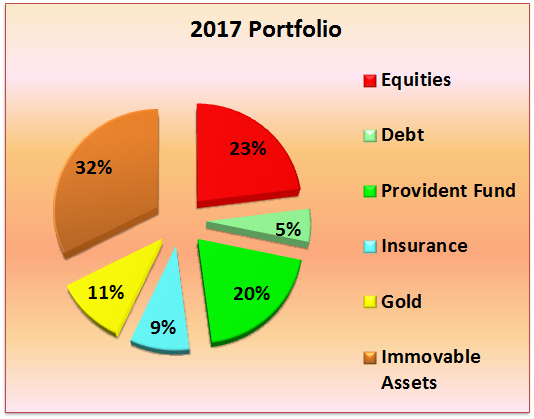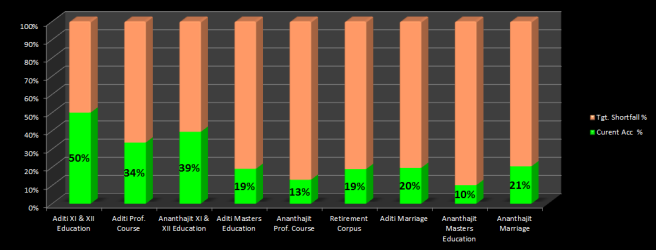Lessons in Emergency Management
*****************************************
1. Consolidate all relevant mediclaim details in one consolidated folder/email with quick access
2. Collect all possible id cards – Aadhar, PAN, Voters Id are the best
3. Remember to carry Employee ID card if Mediclaim is provided by employer
4. Helps to have 2 credit cards with min. Rs. 50,000 credit limit
5. Helps to have one credit card directly linked with SB account – Clear bills and increase credit limit quickly
6. Ensure some cash is available in account – Online FDs / Liquid funds are the best
7. Create an order of funds to be liquidated based on priority viz., type of fund, tax considerations, future considerations
8. Teach your spouse/parents/siblings/children to execute these instructions – Remember you may be busy in hospital and may not have access to all instruments
9. Familiarity with Mobile Banking, CAMS/Karvy or similar apps will be helpful in the age of advanced connectivity
10. Lastly, do a dry run of these instructions every 3 months to keep the family prepared to handle any situation
Some additional points from AIFW group members:
A. Add a NOMINEE to all your bank accounts, insurance policies, all financial products – Saves a lot of hassles to loved ones
B. SCAN all your important documents such as passport, PAN, Aadhar, educational certificates, immovable property docs et al and store them in your mails or cloud services on offer
C. List out all login IDs & account nos of
Bank a/c, email, etc and ensure family is aware of it. Not the Passwords.
D. Physical documents and important IDs and all credit/debit/PAN Cards etc are stored in one briefcase for easy evacuation in an emergency.
E. Higher credit limit card is always beneficial in case the hospital is not part of the insurance network




